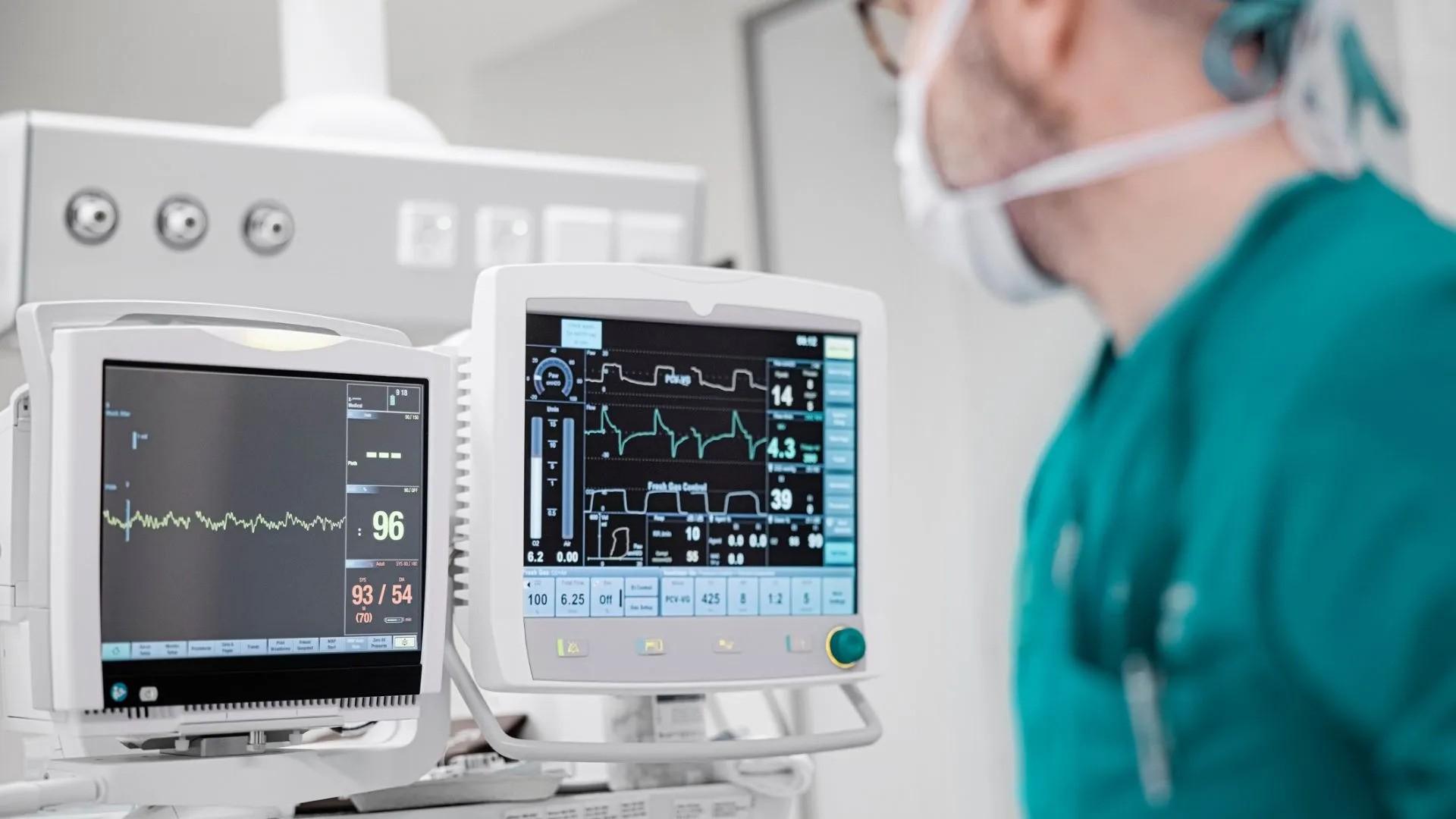Hospital workers are inundated with up to 1,000 alarm noises during a single shift, causing sensory overload and potentially leading to hundreds of missed alarms and fatalities. To address this issue, researchers have explored alternatives to the traditional alarm sounds that plague healthcare environments.
Joseph Schlesinger, an anesthesiologist at Vanderbilt University Medical Center, and Michael Schutz, a music cognition researcher at McMaster University, investigated how different musical timbres could improve alarm systems.
Their study, conducted since 2015, examined the effectiveness of alternative timbres in grabbing the attention of medical personnel amidst the cacophony of hospital sounds. They found that sounds with a “percussive” timbre, characterized by short bursts of high-frequency energy similar to clinking wine glasses, stood out even at lower volumes. In contrast, loud, monotonous tones like those of a truck’s reversing beep tended to blend in with the background noise.
In the experiment, 42 participants were presented with six alarms, half using traditional tones and half employing a new timbre based on the sound of a xylophone. The percussive quality of the xylophone was chosen for its pleasantness and ability to cut through competing noises.
Participants reported significantly lower annoyance levels with the new timbre, with 88% of instances showing reduced annoyance compared to standard tones. Importantly, the new alarms were just as recognizable as traditional ones, indicating that the change in timbre did not compromise alarm effectiveness.
“These investigations revealed musical timbres can substantially reduce perceived annoyance without harming alarm learnability – offering a helpful step to improving alarm design while avoiding existing issues of excessive alarm sounds among medical devices,” said the researchers.
Schlesinger and Schutz suggest that incorporating musically informed alarm design could greatly enhance patient monitoring, care, and safety. They argue that the rich history of auditory innovation in musical instruments can provide valuable insights into creating more effective alarm systems. Future research will explore how different timbres impact other perceptual aspects such as alarm detectability.
“As musical instrument sounds reflect centuries of auditory innovation and thousands of hours of individual practice, we believe musically informed alarm design can lead to improved patient monitoring, care, and safety,” they said.
The study highlights the potential for simple changes in alarm design to mitigate the problem of alarm fatigue, improving healthcare outcomes and potentially saving lives. By leveraging the principles of music and sound perception, hospitals can create a more harmonious and effective auditory environment for their staff, ultimately enhancing patient care and safety.

